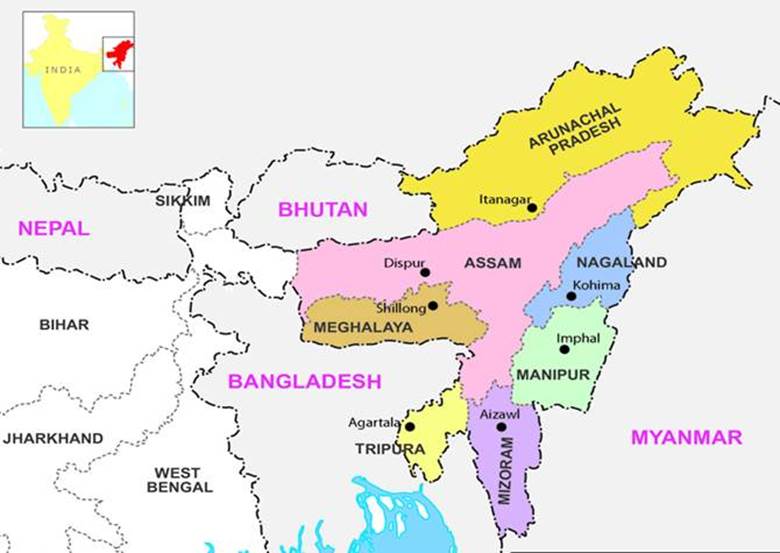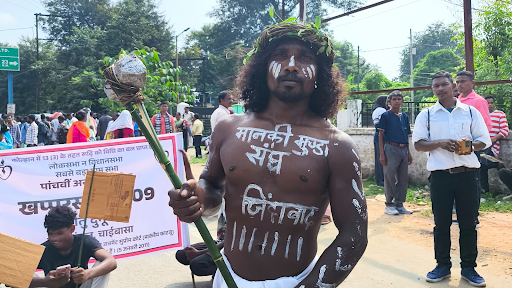Description

Copyright infringement not intended
About
- Asom Divas or Assam Day is celebrated on 2nd December every year to mark the arrival of the first king of the Ahom kingdom Sukhapaa in Assam.
- The day is also celebrated as Sukaphaa Divas in honour of the founder of the Ahom kingdom.
About Sukapha
- He was a 13th-century ruler who founded the Ahom kingdom that ruled Assam for six centuries. Contemporary scholars trace his roots to Burma.
- He is widely referred to as the architect of “BorAsom” or “greater Assam”.
- It was in Charaideo that Sukapha established his first small principality, sowing the seeds of further expansion of the Ahom kingdom.
- The founders of the Ahom kingdom had their own language and followed their own religion. Over the centuries, the Ahoms accepted the Hindu religion and the Assamese language.
- To commemorate Sukapha and his rule, Assam celebrates “Asom Divas” on December 2 every year.
Ahom Kingdom
- The Ahoms belonged to the great Tai group of tribes which dominated south China and many south-east Asian countries
- The Ahom Kingdom (1228–1826) was a kingdom in the Brahmaputra valley in Assam that maintained its sovereignty for nearly 600 years and successfully resisted Mughal expansion in North-East India, It expanded in the 16th century and became multi-ethnic, effect on the political and social life in the entire Brahmaputra valley.
- A new language, Assamese, based on the intermingling of the various people and tribes, emerged.
- The Assamese language entered the Ahom court and coexisted with the Tai language for some time in the 17th century before finally replacing it.
- Hinduization of the Ahoms, by incorporating their gods into the Hindu, marriage with Hindu noble families etc.
- The Ahom rulers were aware that accepting Hinduism gave the ruler a divine status which strengthened his position among the nobles.
.jpg)
Assam
- Assam state is in northeastern India, south of the eastern Himalayas along the Brahmaputra and Barak River valleys.
- The state is bordered by;
- Bhutan and Arunachal Pradesh in the North.
- Nagaland and Manipur in the East.
- Meghalaya, Tripura, Mizoram and Bangladesh in the South.
- West Bengal in the west via the Siliguri Corridor, a 22 kilometres wide strip of land that connects the state to the rest of India.
- Assamese and Boro are the official languages of Assam, while Bengali is an additional official language in the Barak Valley.
- Assam is known for tea and silk.
- The state was the first site for oil drilling in Asia.
- Assam has petroleum, natural gas, coal, limestone and other minor minerals such as magnetic quartzite, kaolin, sillimanites, clay and feldspar.
- Assam is home to the one-horned Indian rhinoceros, along with the wild water buffalo, pygmy hog, tiger and various species of birds, and provides one of the last wild habitats for the Asian elephant.
- The Assamese economy is aided by wildlife tourism to Kaziranga National Park and Manas National Park, which are World Heritage Sites.
- Dibru-Saikhowa National Park is famed for its feral horses.
- The region is prone to natural disasters like annual floods and frequent mild earthquakes.
.jpg)
https://pib.gov.in/PressReleasePage.aspx?PRID=1880520
https://t.me/+hJqMV1O0se03Njk9






.jpg)







